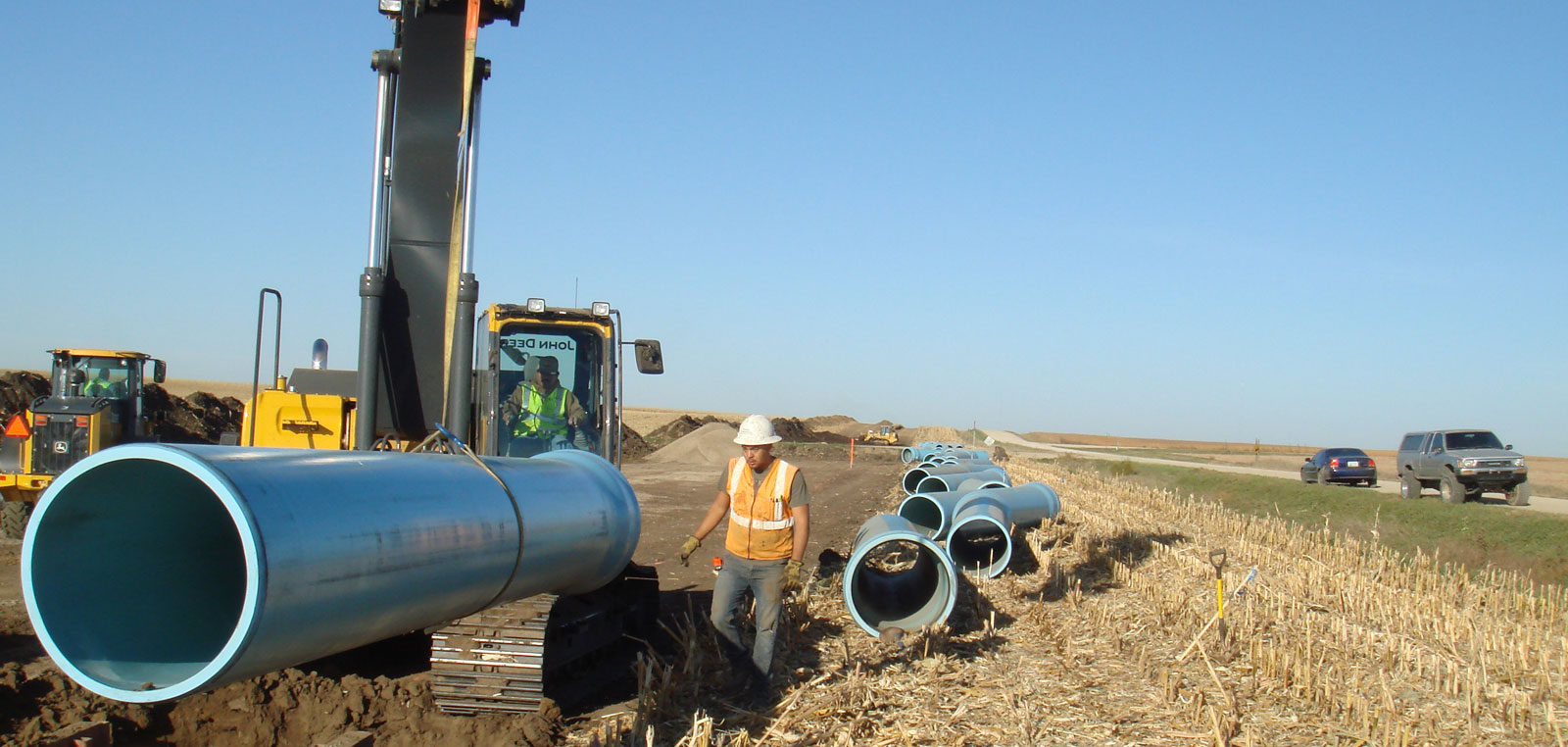
Keeping Critical Water Infrastructure Safe and Resient
The importance of local governments developing a disciplined, capital planning approach that fully considers the impacts of climate change on publicly-owned facilities.
As climate change impacts evolve, existing threats, such as sea level rise, storm surge and extreme rainfall and heat are expected to become more severe. Over the past 40 years, the number of natural disasters causing financial losses over $1 billion has risen steadily. Natural disaster insurance claims were the highest ever in 2017 at $144 billion, and most of the annual losses (a total of $337 billion) were uninsured. Wildfires in 2017 caused a record $21 billion in losses. The rapid sequence of hurricanes Harvey, Irma and Maria in the same year caused losses equivalent to 0.5% of the US GDP. Of the top ten costliest catastrophes ever recorded in the US, eight were hurricanes and four of the eight occurred in the past 8-years.
Many local governments are beginning to recognize this and are planning to adapt and increase their resilience with water infrastructure projects. For example, in 2019, the Florida DEP provided over $2 million in planning grants and financial assistance to 30 local governments aimed at preparing these coastal communities for current and future effects of rising sea levels, including coastal flooding, erosion and ecosystem changes. While this planning is taking place, however, most local governments have not fully considered nor taken action to mitigate the impacts of extreme weather and climate change on key water infrastructure facilities within their jurisdictions, including aging water infrastructure. These facilities, such as: water and sewer plants, storm water control systems, emergency operations centers, police and fire stations, public hospitals (and their parking lots), evacuation centers and transit are all critical for prompt, post-disaster recovery.
Read more here: https://www.estormwater.com/flood-control/keeping-critical-water-infrast...
